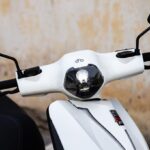Vietnam Airlines’ brand new Boeing 787-10 wide-body aircraft has touched down at Noi Bai International Airport. This marks the arrival of the 5th Boeing 787-10 and the 30th wide-body aircraft to join the fleet of the national carrier.
The Boeing 787-10 is one of the newest and most advanced versions of the wide-body aircraft family produced by Boeing. It is currently the largest passenger aircraft in Vietnam, boasting a length of over 68 meters, a commercial load of 56-60 tons, and a maximum range of nearly 12,000 kilometers. The aircraft is configured with 367 seats, including 24 seats in Business Class and 343 seats in Economy Class.
According to the airline, one of the standout features of this aircraft is its spacious interior, comfortable seating, and state-of-the-art entertainment system. The LED lighting, humidity, and pressure have been optimized for the comfort of passengers. The Business Class seats are arranged in a herringbone pattern and can be fully reclined.
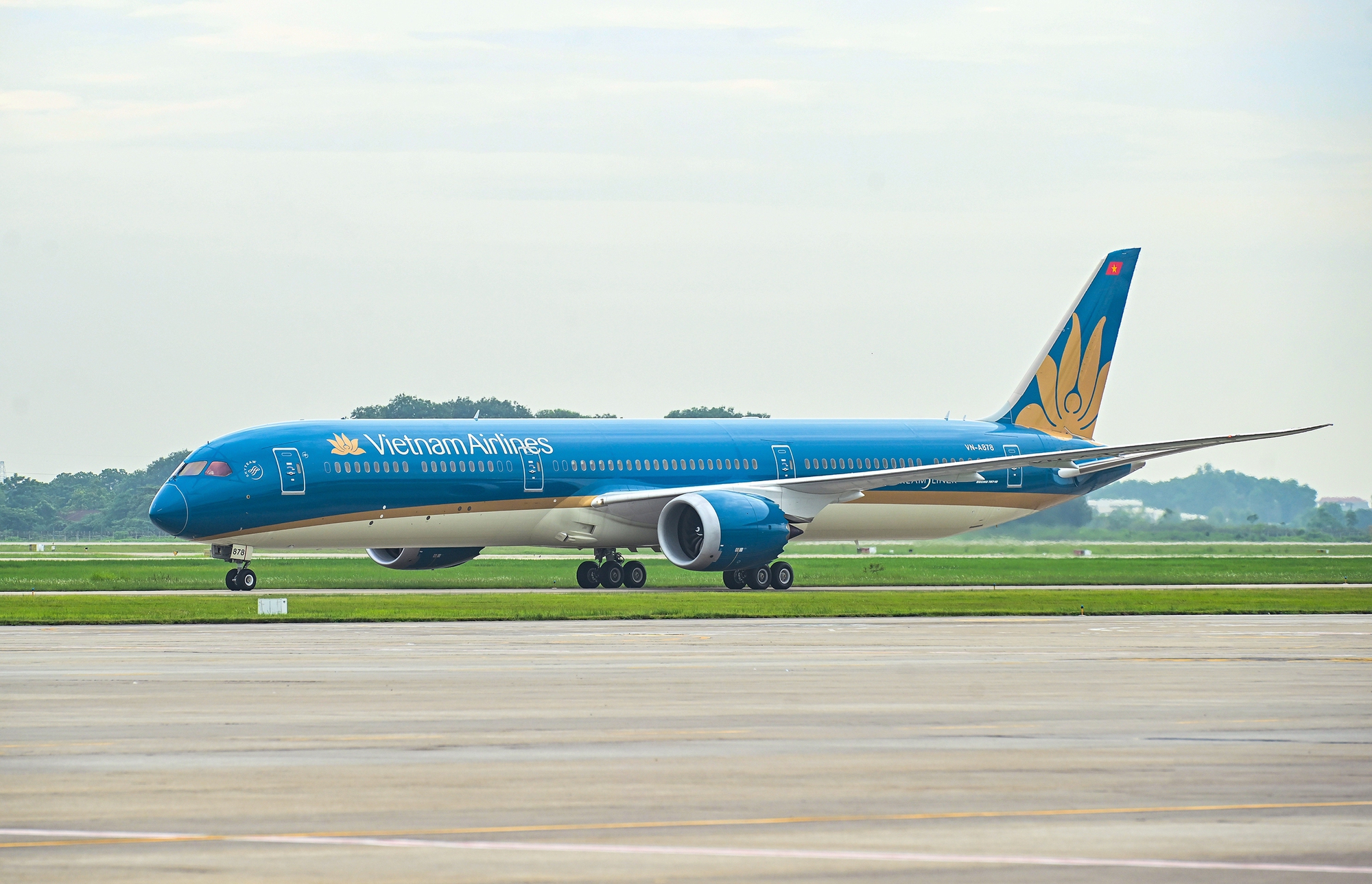
Vietnam Airlines’ Boeing 787-10 wide-body aircraft arrives at Noi Bai Airport.
Notably, the Boeing 787-10 is renowned for its fuel efficiency and environmental friendliness. The integration of advanced technology helps reduce fuel consumption and emissions by 25% per seat compared to previous generations of aircraft.
With the addition of the new Boeing 787-10, Vietnam Airlines now operates a fleet of nearly 100 aircraft, including 5 Boeing 787-10s, 11 Boeing 787-9s, and 14 Airbus A350s as their wide-body aircraft.
These wide-body aircraft are primarily deployed on international routes connecting Vietnam with Northeast Asia, Europe, Australia, and the United States, as well as on the domestic route between Hanoi and Ho Chi Minh City.
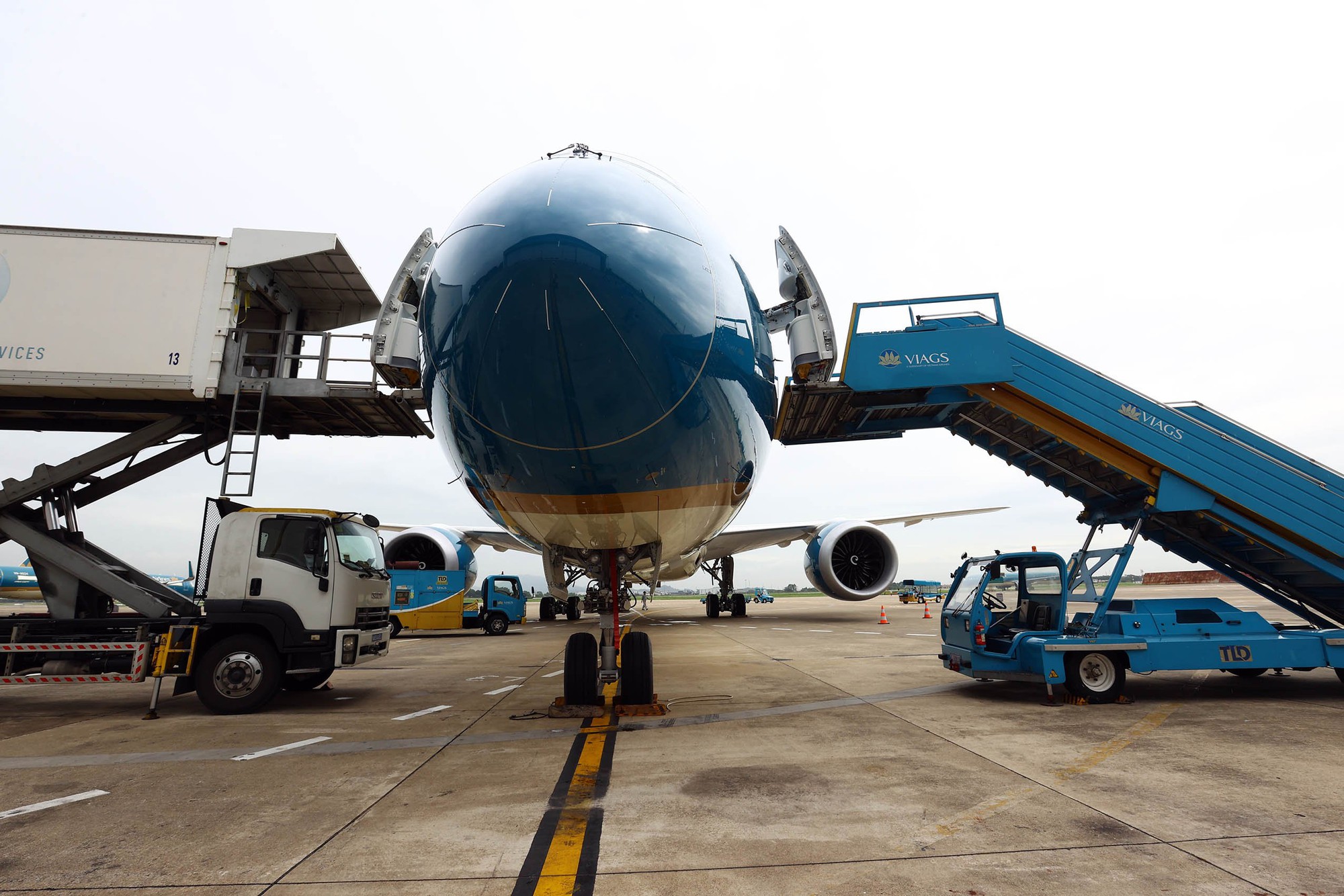
The Boeing 787-10 is one of the newest and most advanced wide-body aircraft in Boeing’s fleet.
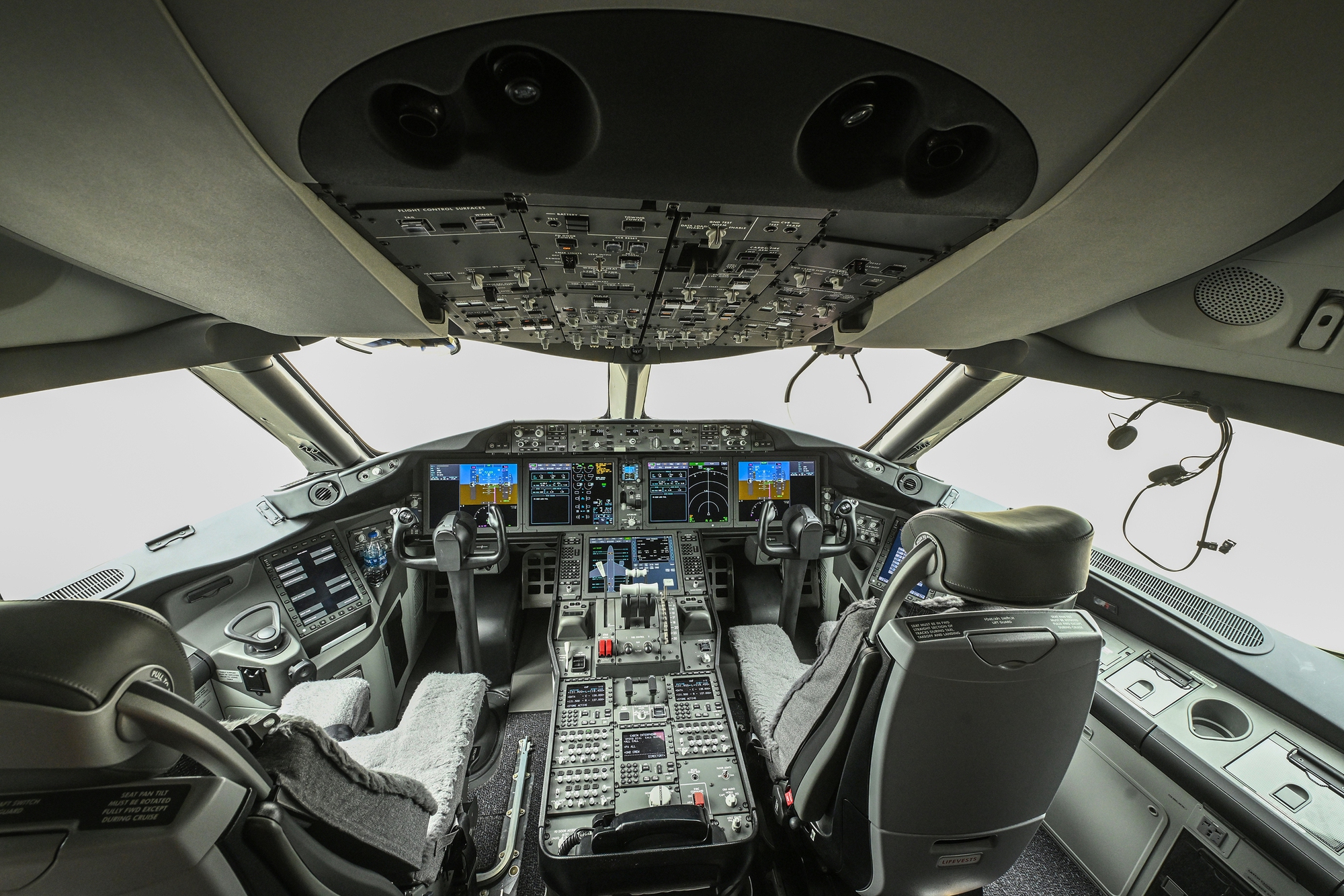
Boeing 787-10 on the runway.
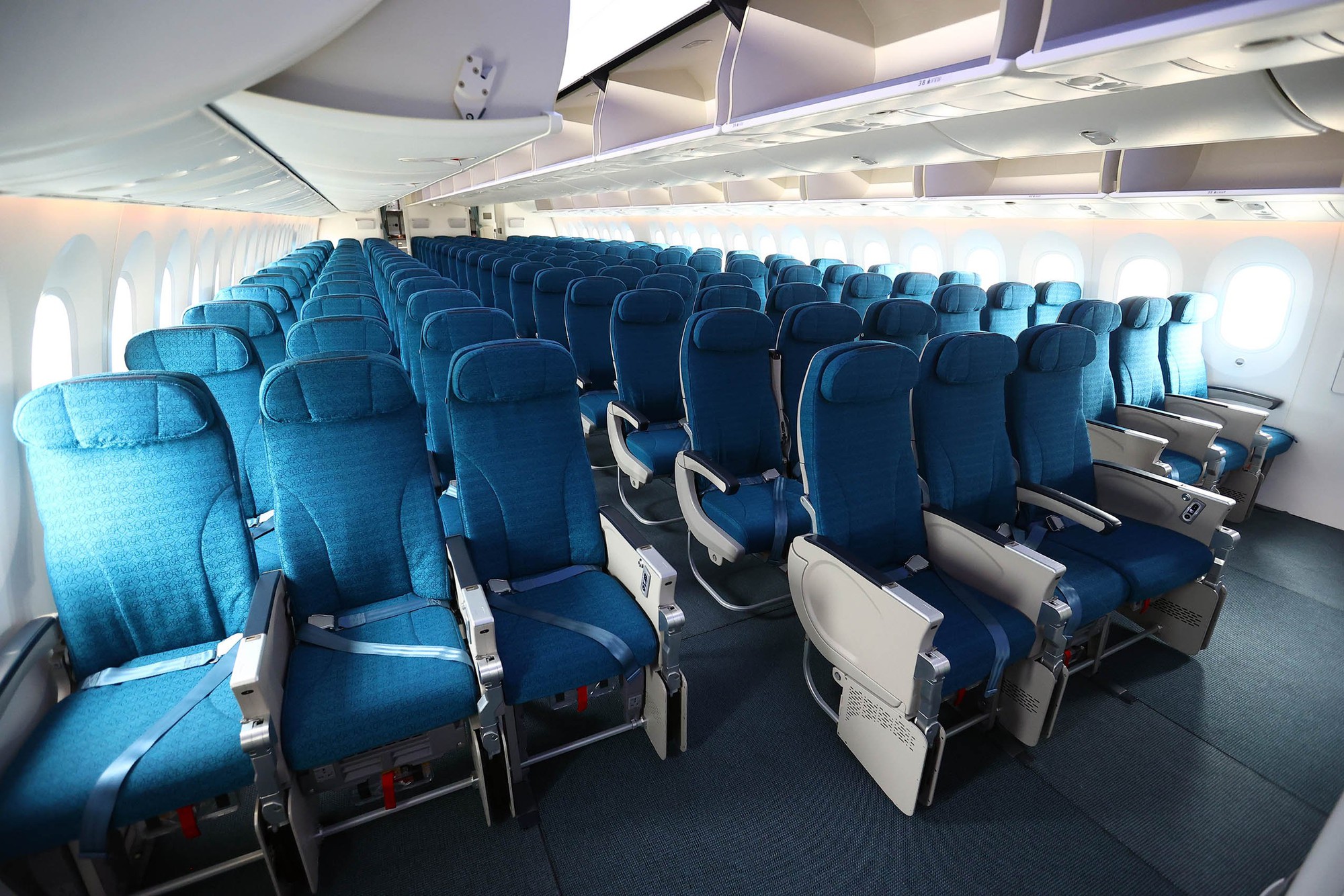
The Boeing 787-10 is the largest passenger aircraft in Vietnam.
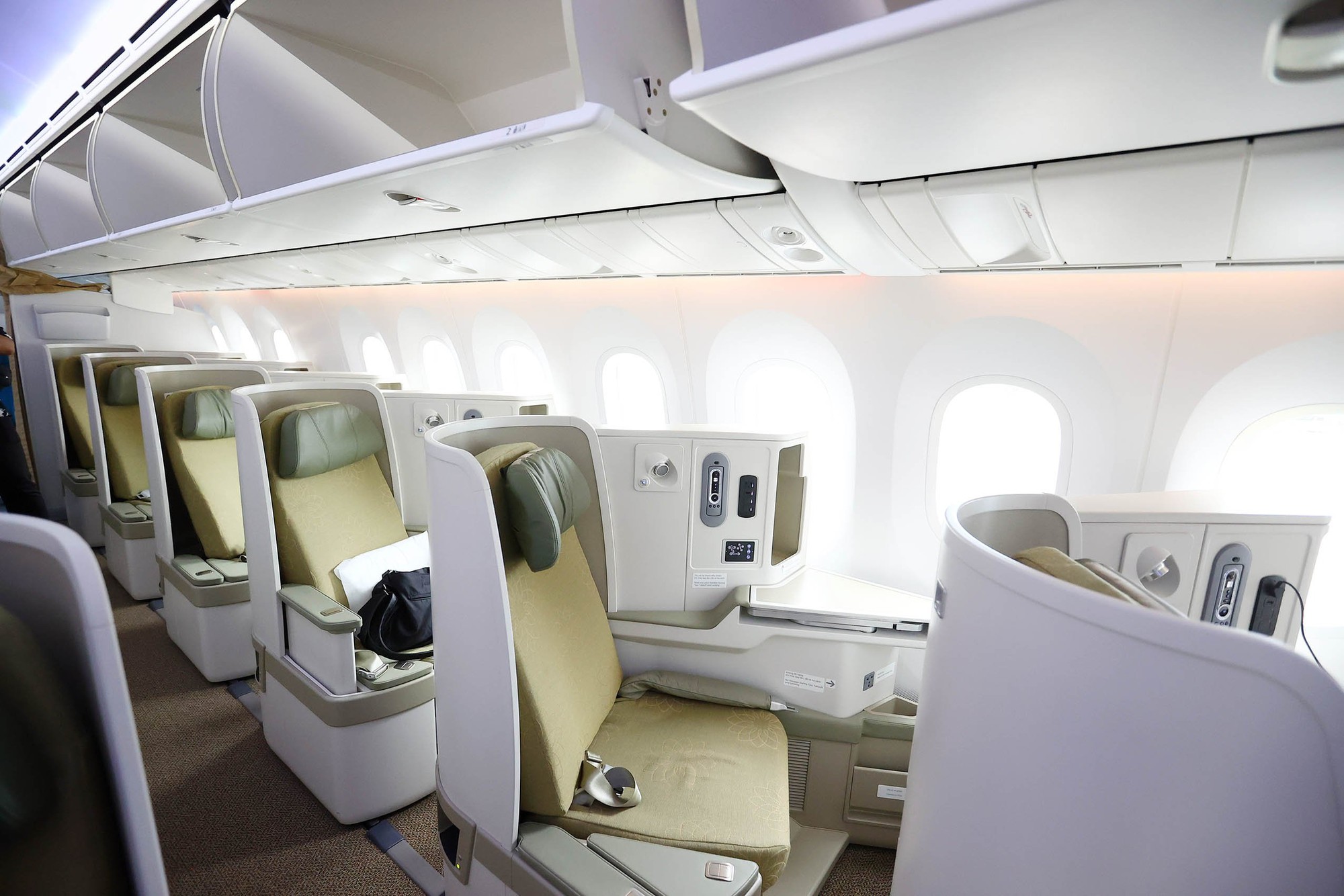
The aircraft offers a spacious configuration with 367 seats across two classes.
Prior to the Boeing 787-10, Vietnam Airlines recently introduced the Airbus A320neo to its fleet, deploying it on domestic routes such as Hanoi – Da Lat, Hanoi – Phu Quoc, Ho Chi Minh City – Thanh Hoa, and Ho Chi Minh City – Chu Lai.
According to data from the Civil Aviation Authority of Vietnam, as of July, the total number of aircraft operated by Vietnamese carriers stood at 195, a decrease of 36 from the previous year. The average number of aircraft in operation was 167, a reduction of 51 compared to the same period last year.
In this context, airlines are actively seeking and negotiating to lease new aircraft to expand their fleets.
In the first six months of this year, Bamboo Airways leased three additional A320 aircraft, bringing its total operated fleet to eight. The airline plans to lease more aircraft to increase its fleet size to 12 by the end of 2024 and 18 by the end of 2025, market conditions permitting.
Vietjet is also working hard to strengthen its fleet and enhance its operational capabilities to serve its global network in the future. On July 22, at the opening of the Farnborough International Airshow 2024, Vietjet signed a contract to purchase 20 new-generation wide-body A330neo (A330-900) aircraft from Airbus, valued at $7.4 billion.






























